The UK’s largest and only event covering all aspects of the fight against Alzheimer’s & dementia from drug discovery to treatment to care
If you’re involved in caring for others – as a care provider or health and social care professional looking for the very latest and best products or services, a family carer looking for help and support – or simply someone interested in care, the Alzheimer’s & Dementia Show is for you. Featuring a wide range of care exhibitors, expert speakers, training and experiences you won’t find anywhere else, this event provides a great opportunity to learn, discover solutions, and network with people who work in the sector.
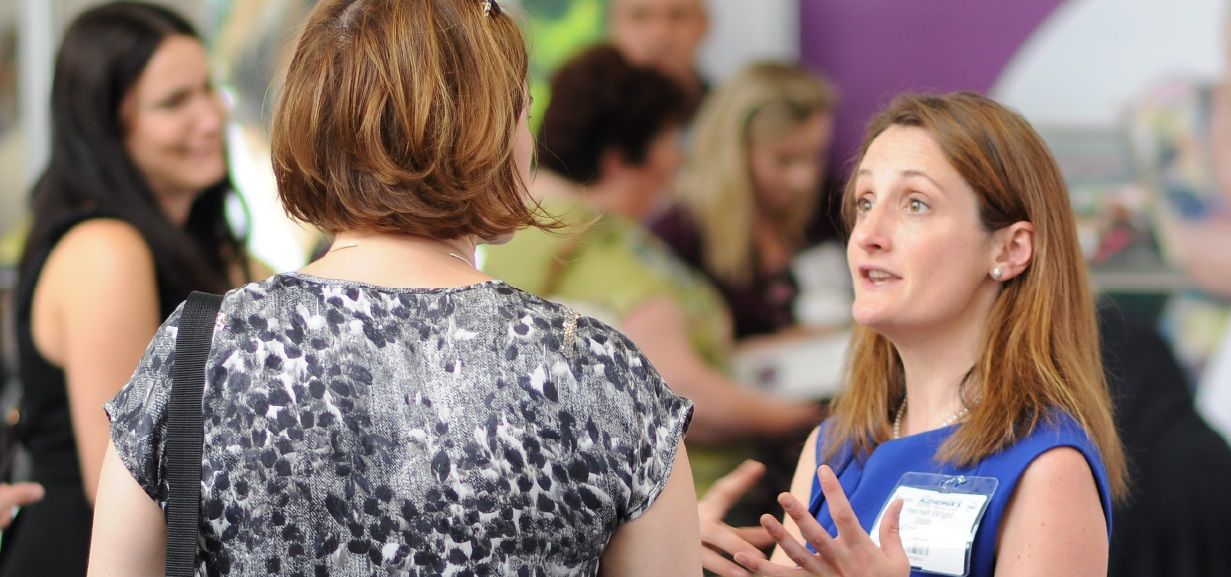
Visitor D.B – Brighton
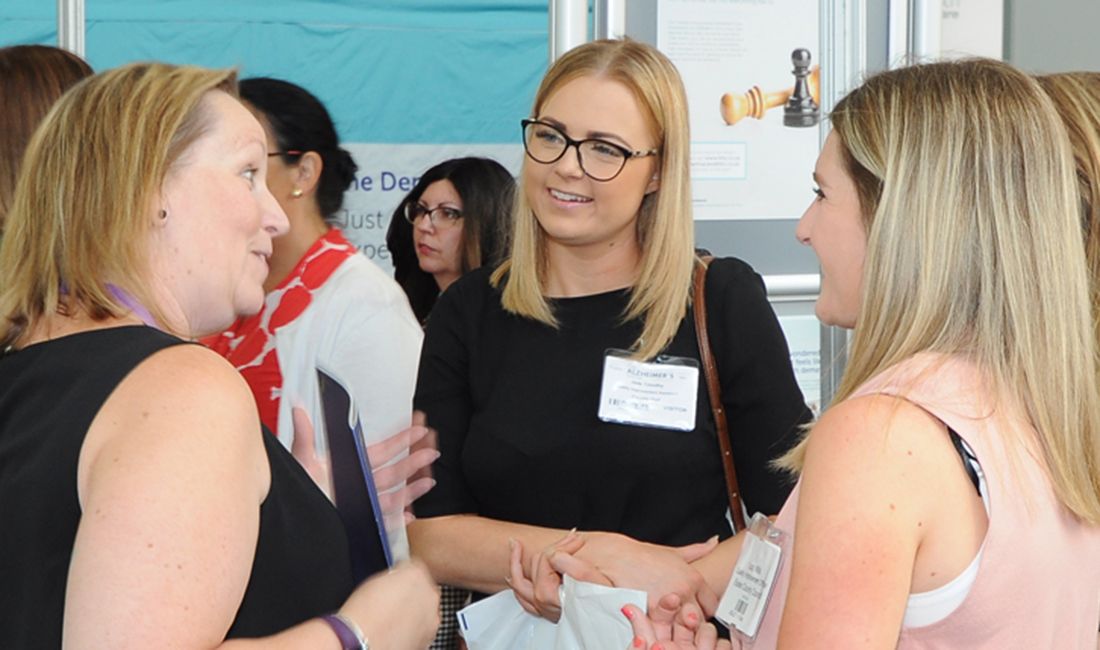
About the event
The event encompasses the whole care industry with a focus on dementia and other conditions. Featuring talks, products and services it will provide you with access to the best information to help those you care for
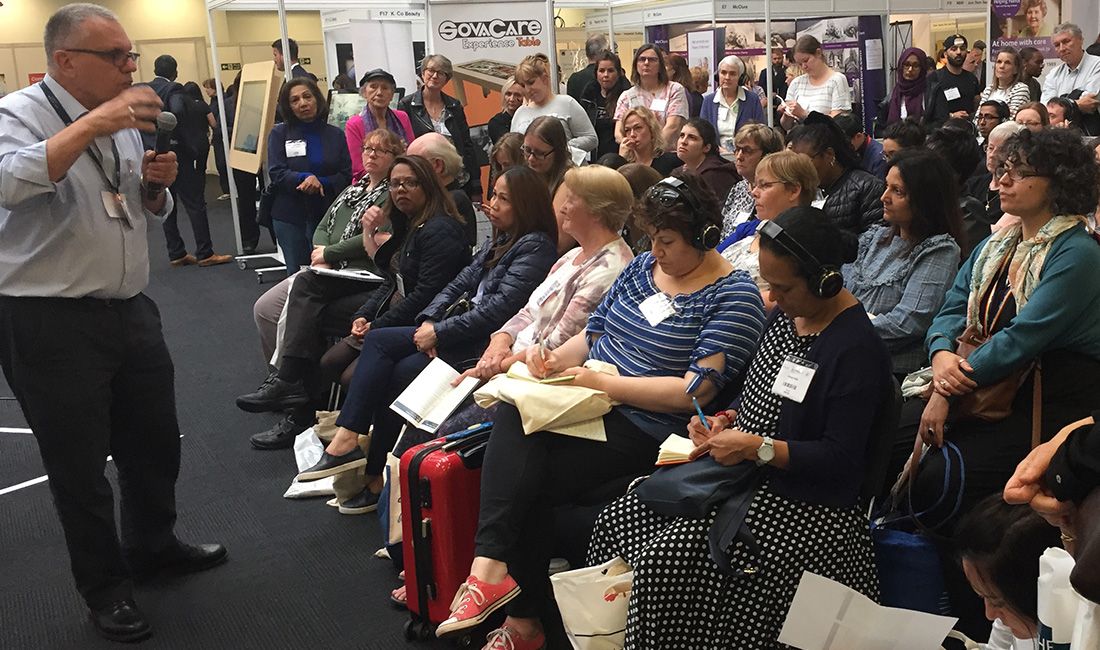
Speakers
Hear from some of the UK’s leading care specialists present a wide range of topics in our Dementia and Care Matters Theatre and practical advice from specialist and exhibitors in our Talks Hub.
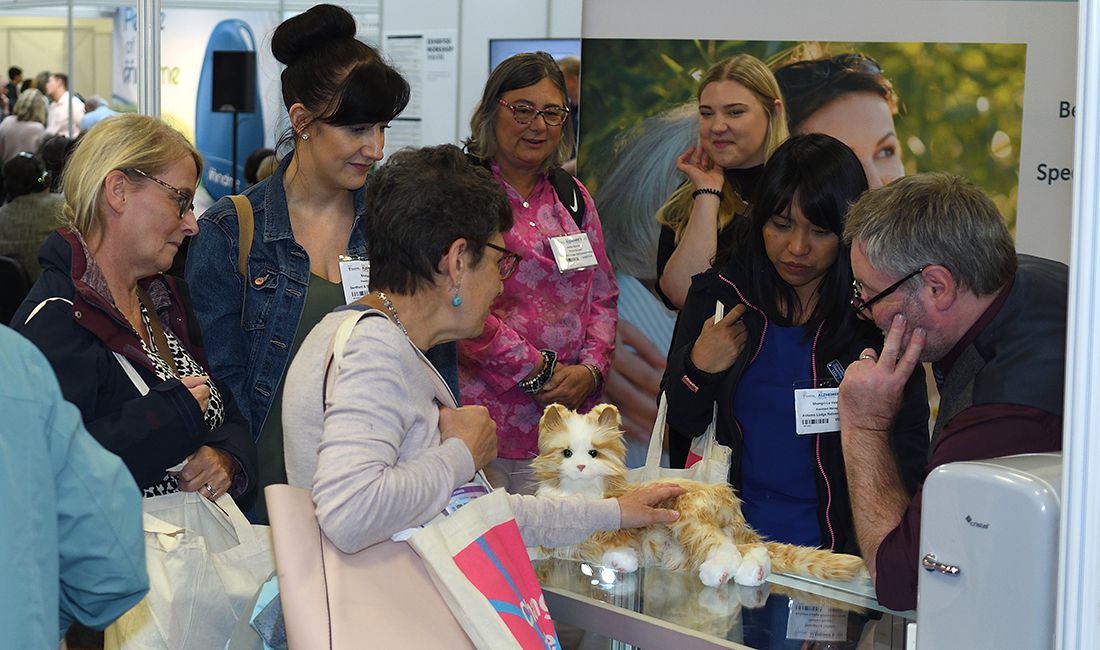
Exhibitors
Try out new products and find innovative solutions from leading care specialists including care at home, digital solutions, living aids, funding, legal advice, assistive technology, training plus much more.
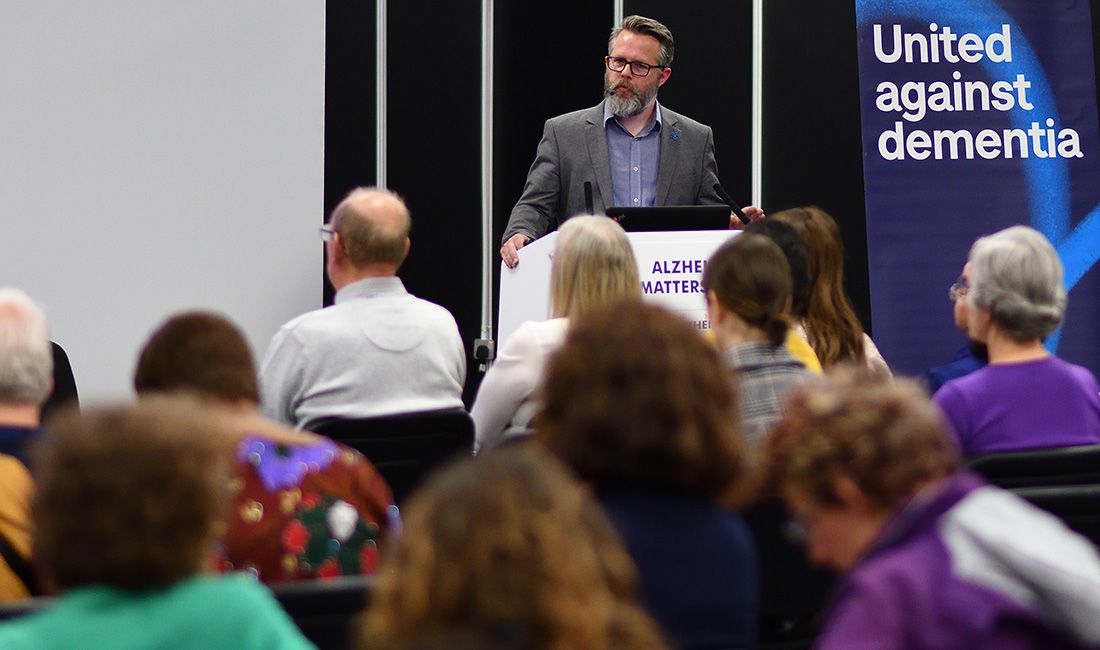
Show features
The 2 day event gives access to a wide range of dementia and care talks, innovative exhibitors , 1-2-1 advice clinics well as a CPD Accredited conference programme and individual training for professionals.
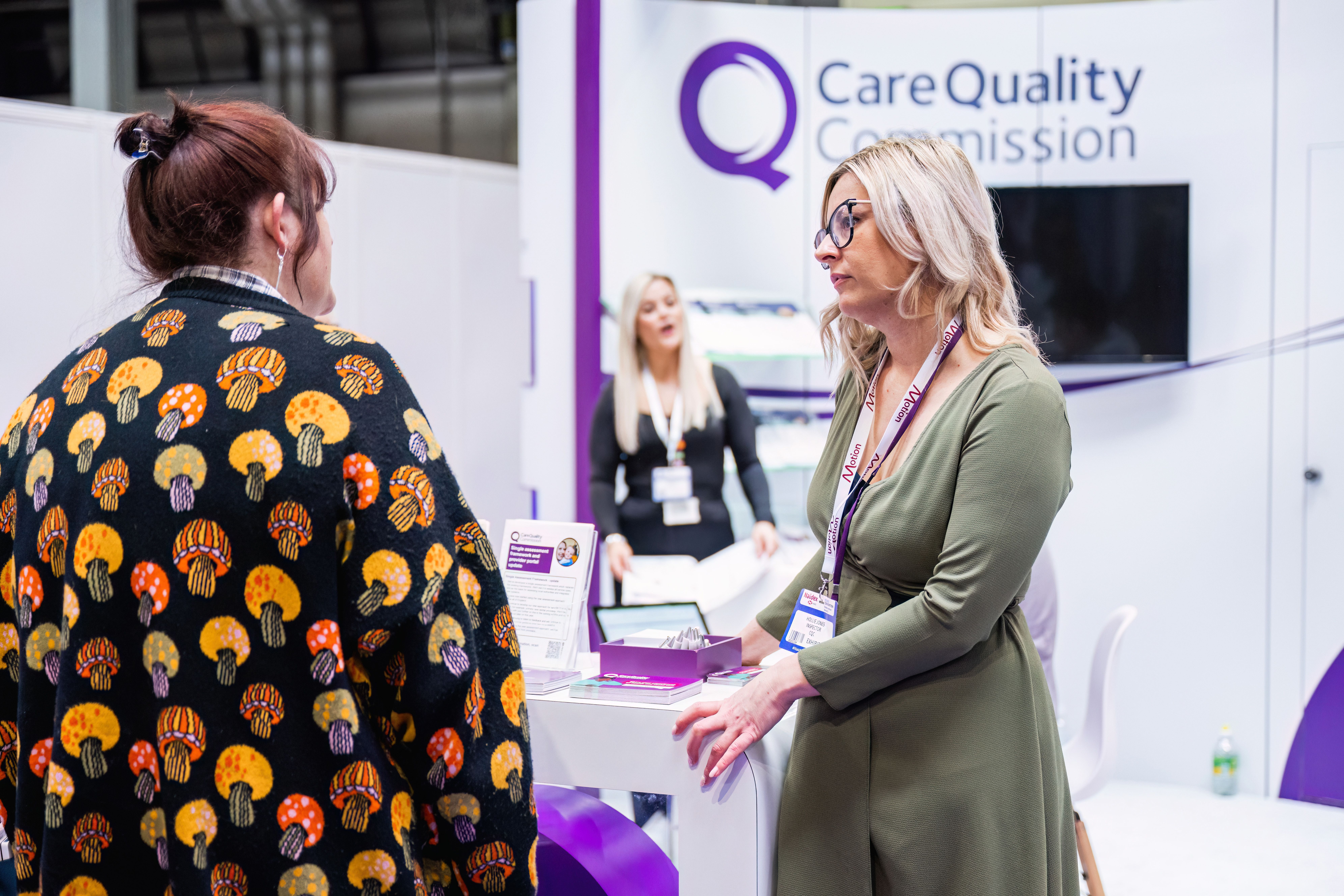
CQC Inspector Hub
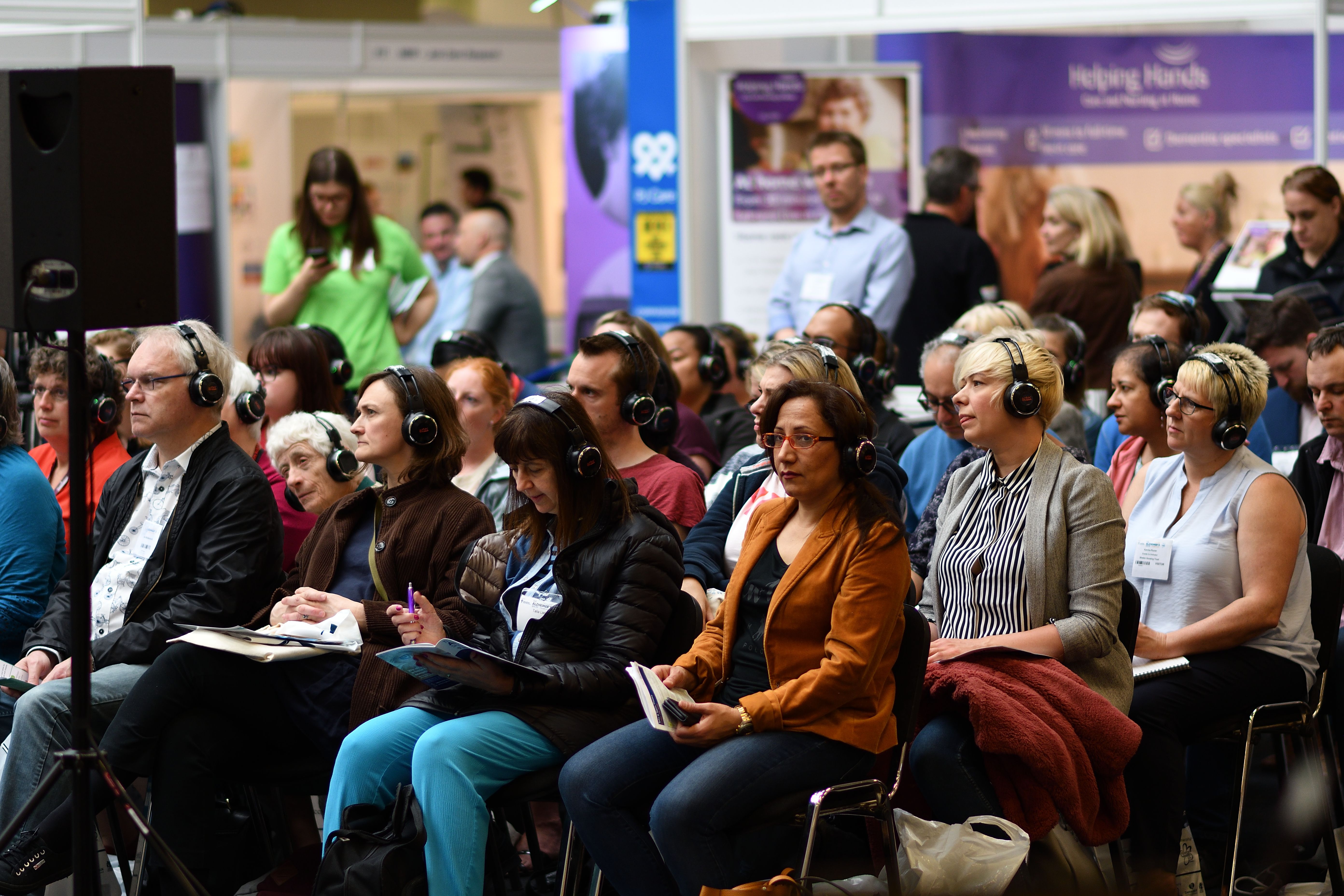
The Alzheimer’s Drug Discovery Summit
Specifically designed for GPs, nurses and community carers, providing you with the latest advancements in research, new disease modifying treatment options, and practical tools to guide and support your patients confidently.


.png)
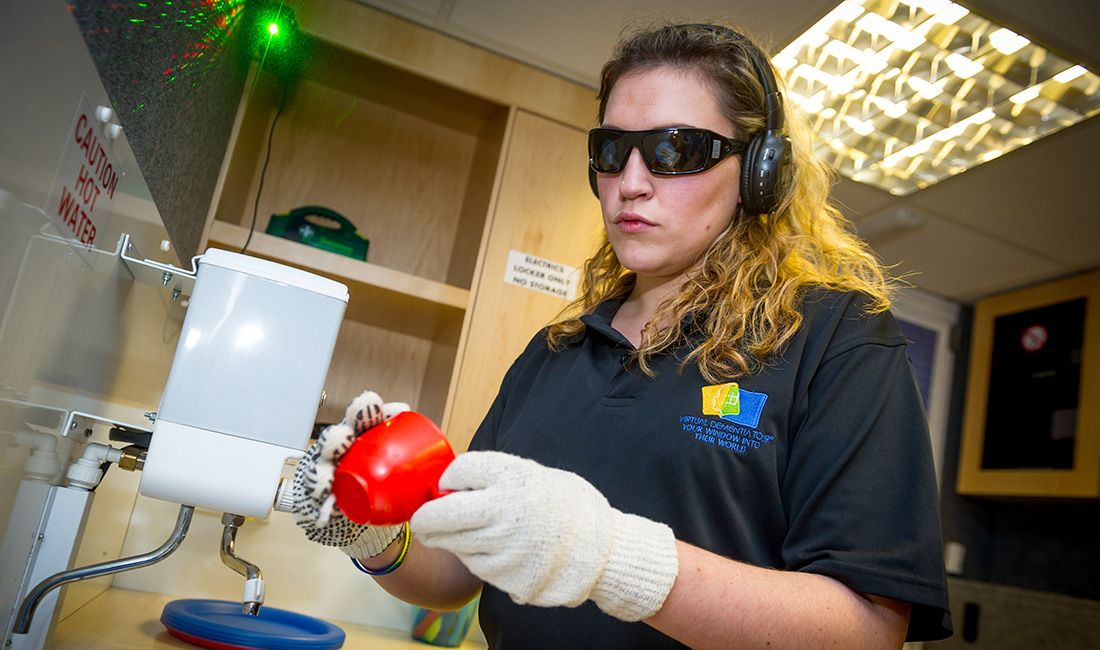
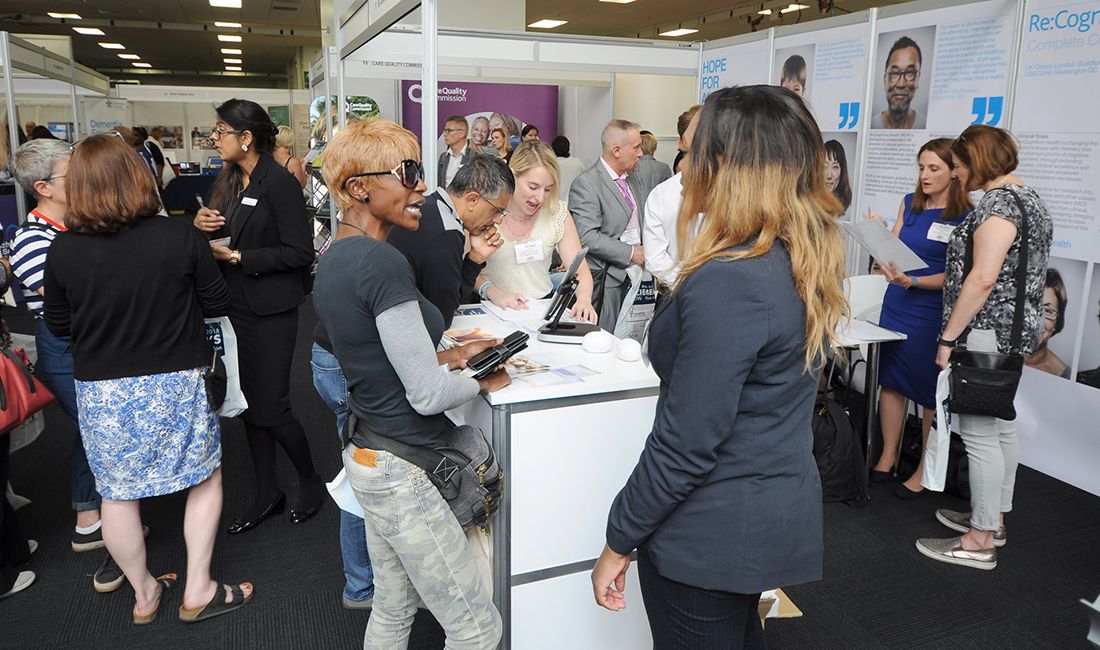
)
)
)
)
)
)
)
)